Once a Davis account executive (The Ad Factory, Part I – The Account Executives) has a solid understanding of a client’s goals and expectations, the project is broadened to include any number of others in the company: creative team staff, art department designers, production department videographers or radio producers, the agency VPs and even the agency president.
More than a dozen people could come aboard, or the account executive might choose to get the ball rolling with a single copywriter or designer. It all depends upon the size and scope of the project, the intended medium and the particular talents needed. In all, more than 50 people are employed at Davis Advertising.
Copywriters, for example, are often given headline-writing assignments, i.e., “Generate a list of possible headlines for this print ad/billboard.” In this scenario, the idea is that once the “right” headline is chosen by the client, powerful body copy and visuals can be added.
Nandini Trivedi, a Davis copywriter who doubles as the agency’s curator of social media, says she strives for headlines that grab attention and give personality to a company. Personality, empathy, truth, humor – these all help businesses bond with the public.
A graduate of Boston University’s Master’s Program in Advertising (Creative), Trivedi has been applying her creative talent for years, but her secret ingredient is her attitude.
“I mostly have to be dissatisfied with what I do, so that I can do better. If I write a good headline, I could stop, but good isn’t when I stop,” she says, adding that striving for perfection is “also about being a little insecure.”
In the pursuit of the ideal headline, Trivedi often collaborates with fellow copywriters Erin Carr and Dave Halperin. A brainstorming session like this usually starts with paper on an easel and dry erase markers on a white board – anyone can throw an idea out, or maybe just a word. Dictionaries, thesauruses, Google searches – everything is fair game in the early, free-thinking stages of a brainstorm.
Moving forward, conversation vacillates between random expression meant to open doors to new ideas and comments that ground and focus the team back towards its final goal. Somewhere in the middle, great ideas emerge.
On the visual side of the creative table, once body copy is produced a project will head over to the Art Department, where a staff of designers creates engaging images and builds an eye-catching layout. While it’s a challenging task, Assistant Art Director Nicole Tadgell says that Davis’ team of designers is blessed: the work is diverse and, thanks to a unique system of self-direction, the designers themselves usually have a say in which projects they work on.
It all starts with Davis’ company-wide use of manila job envelopes, with each envelope representing a current project. After an envelope arrives in the Art Department, courtesy of an account executive, Tadgell or Art Director Paul Murphy will place it on a table in the corner. Designers who finish one project can then browse through the pile and select what interests them, which could vary by the day.
It’s a system that allows for individual personalities to shine and for work to be completed efficiently. Not only might an individual designer be more adept and comfortable with certain work, but as any artist knows, keeping things fresh is integral.
“It’s not static or stale,” Tadgell explains. “We do a little bit of everything, so it’s a much more stimulating environment.”
Another contributing factor to their success, says Tadgell, is a forward-thinking approach, and that means being forward-thinking not only in technique and style, but in attitude as well – it’s important to plug ahead, ignoring the fear of failure.
“Fear is irrelevant,” she explains. “Not matter what you think, [the project] is going to go forward.”
